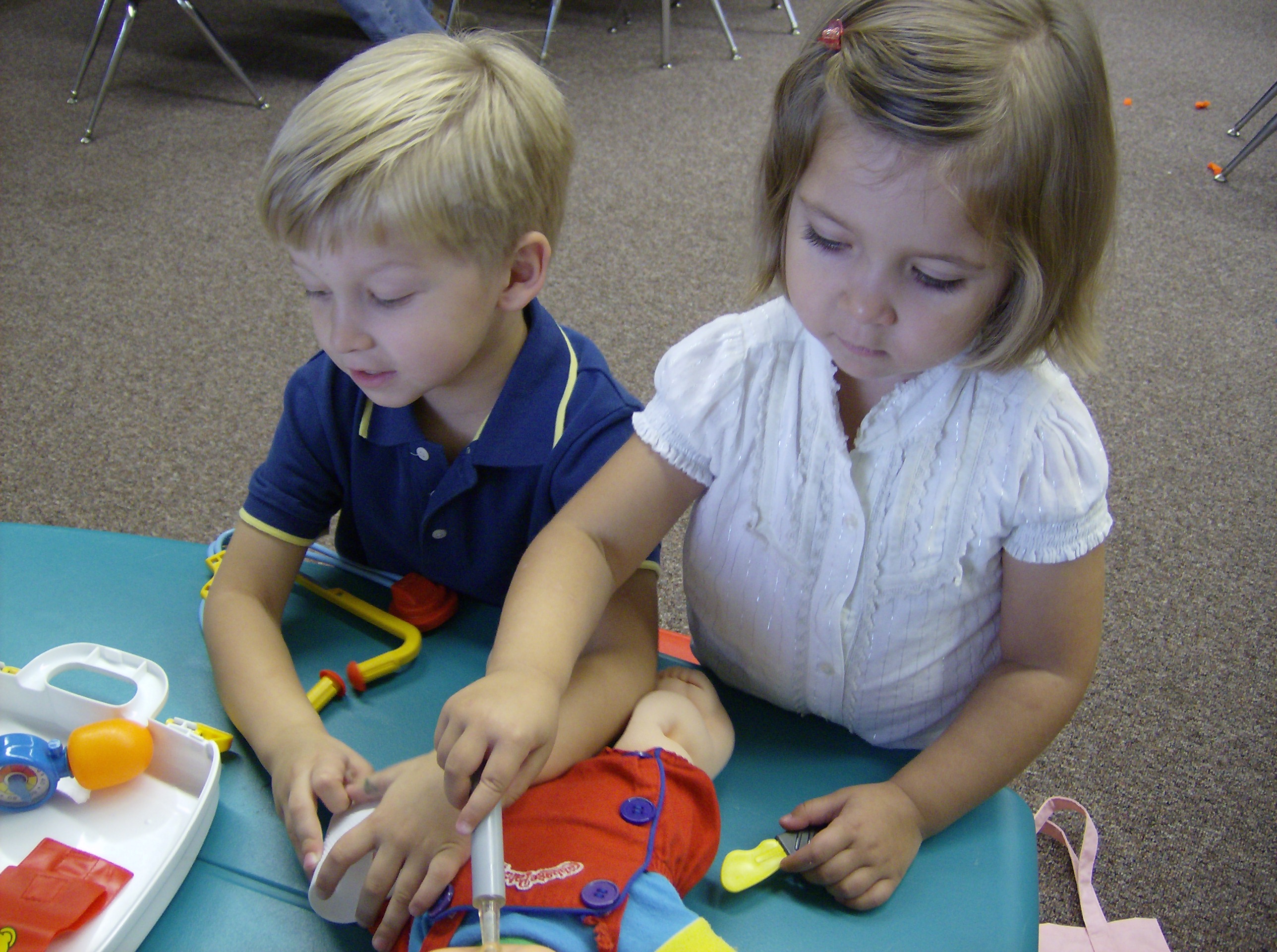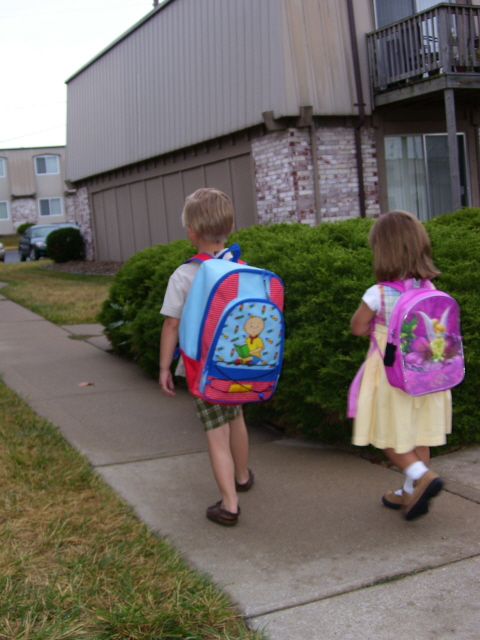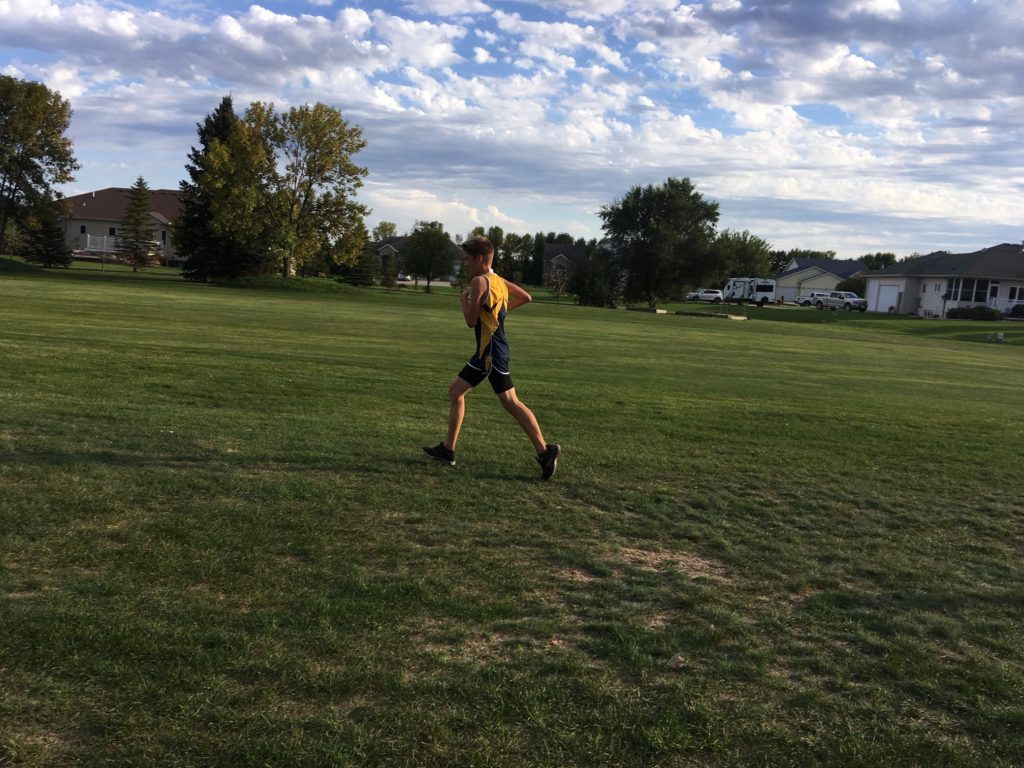
Violence in the Classroom: From an Autism Mom’s Point of View
Violence in the classroom has become a really big issue. In Fargo, it’s been in the paper and on the news. And it’s something that’s been happening across the country. Here’s a news clip from a Utah TV station:
This is a topic I have really struggled with over the last few years. I have a son who sometimes does those things. I have a daughter who witnesses those things in her classroom or in the hallway. I have teacher friends. My mum was a teacher. I’m a teacher (I’ve taught at the university level as an adjunct and at the preschool, elementary, middle, and high school levels as a substitute teacher in Illinois and North Dakota, both as a para and classroom teacher). This is a hard subject for me. Here are my thoughts on what to do about it. Please be gentle and kind. I don’t have all the answers. I don’t see this in the classroom every day. I know it’s frustrating being a teacher in a classroom like this. I know it’s frustrating being a parent to a child sees this.
What I wish people knew:
Having your kid hit someone or destroy school property is the worst feeling in the world: It’s absolutely awful, like you just want to throw up when you hear the news. Everyone reacts to that differently. Steve’s and my approach—apologize profusely. Brainstorm with teachers and principals on how to make sure it doesn’t happen again. I know not everyone responds the same way. Everyone responds differently to bad news. How do you respond to bad news? Denial? Anger? Empathy? Remembering that is important, because some parents do go into denial and anger when they hear their kid is acting up. We’ve all felt those same emotions when we find out something we don’t want to hear.
How stressful school can be for these kids: I only know our experience, but the most stressful place on the planet for J is inside a school. J has severe anxiety and there are so many things about school (like when a fire drill is going to happen) that he can’t control that rev up that anxiety.
How important recess is: When you don’t know how to deal with big emotions, being able to go to a place where you can run around and burn off steam is SO important. When you’ve sat in class trying to keep it together for hours on end, you need a break from that. I’ve been in classrooms (years ago) where the sub plans said: “If the kids work hard, they can earn an afternoon recess. If they’re acting up, they don’t get to go out.” Having a kid like J has taught me that kids need recess no matter what they’ve done during the day. Having a neurotypical kid like W has taught me that kids need recess no matter what they’ve done during the day.

How hard it is to translate coping strategies to the school setting: In middle school J was practicing nightly meditations, seeing a therapist and learning all sorts of great ways to manage his anxiety. But here’s the thing about coping strategies. They need to be practiced on a daily basis. The only time they were addressed at school was when he was escalating into a meltdown. He never got to practice those skills in a normal setting, only a crisis setting. Think of it this way. If we were giving a TED talk to a crowd of 1,000 people, we’d practice a lot at home. We would also want to practice a few times at the venue of the speech a few times before 1,000 people came in. Asking J to use his coping skills at school only in crisis mode is throwing him in front of 1,000 people without practicing a few times first.
It takes time to learn self-mastery: J sometimes does really great handling his anxiety, and then there are other days where he seems to have forgotten all the things he’s been taught. It’s kind of like when we as parents say, “I’m going to be more patient with my kids and not yell,” and that goes well for a day or two and then we come home from work stressed and tired and slip—and we’re adults. These kids are kids. They don’t have the life experience and years of practice handling stress like we do.
Every kid needs to learn about their emotional health, not just the problem kids: My son is the one showing he’s feeling out of control when he kicks or hits. A well-behaved, high achieving girl in his class is probably going to struggle but does a better job of keeping it inside. But this isn’t always a great thing either. In the parenting book I’m currently reading, The Self-Driven Child, the researchers compare two kids: A fifteen year old on the south side of Chicago who lived in poverty and whose brother was killed in a drive-by shooting and who struggles to engage in school with a fifteen year old girl who lives in a multi-million dollar house and goes to a private school, gets good grades, does 3-4 hours of homework a night and is not sleeping well. “Chronic sleep deprivation and toxic stress during a critical phase of brain development are endangering her long-term mental and physical health. If you put a scan of Zara’s brain next to one of Adam’s you’d see striking similarities, particularly in the parts of the brain involved in the stress response system (Stixrud and Johnson 7-9). So yeah, whether kids look like they can handle stress or not, they’re definitely struggling with it, and they all need to be taught the skills to handle it.
“Stress is catching, like an emotional virus:” Which means if one kid is flipping out then everyone else is going to be flipping out too. It also goes the other way: children can pick up if teachers or peers don’t know how to “handle” them. “If you think you can hide your anxiety from your kids, you are deluding yourself…Kids see what you feel, even if you don’t want them to. Then they mirror those feelings, even if you don’t think you’re projecting them, and they begin to feel those feelings too.” (84, 96) That means a kid can pick up if his teachers were stressed, become stressed, they’d become stressed because they didn’t know how to handle him, and then the student’s behaviour escalates more. It’s a vicious, vicious cycle. If a teacher doesn’t feel equipped or feels uncomfortable about a special needs/violent kid, that kid will pick that up, and it’s just going to feed the fire.
“Othering” the “violent kids” is a problem: I sometimes hear parents and teachers talk about the “violent kids” in disparaging ways or judge the child’s background (this goes back to even the time I worked as a substitute teacher in 2003-2004). “Those kids” and “those parents” are people too, who often don’t know what to do (because this is REALLY hard) and the system is failing both our “typical” kids and “struggling” kids. And yes, sometimes “those parents” are doing a really crappy job of raising their kids. But “othering” isn’t a great way to solve the problem.
Which brings me to…
What I wish we would do: Teach emotional skills in the classroom and include time for meditation instruction and meditations: And start it early. Really teach the basics and spend a lot of time at the elementary level, then when you hit middle school and high school, it should become more of a refresher and practice exercise. There are a lot of programs out there (and a lot of studies on the effectiveness of these programs) to help kids learn empathy and self-control. I think Roots of Empathy is a fantastic idea that I wish we would implement in our schools. I wish we would implement daily meditation in our classrooms too. It would be the starting point to helping kids recognize their own feelings and actions.
Roots of Empathy
There is so much, SO MUCH research out there in on the power of mindfulness in the classroom. Here are just two of many articles out there:
https://www.forbes.com/sites/lilyjones/2018/10/26/destress-the-classroom-bringing-mindfulness-to-students-teachers/#32d5917179d1h
Knowledge is power, educate yourself on mental illness: If you watch that KSL clip, it seems everyone doesn’t know what to do about mental illness. They identify it as a factor, but then are paralyzed by it. If you’re a parent, find out as much as you can and teach your child. If you’re a teacher, find out as much as you can and teach your students. We tend to be frightened by the unknown.
Realize that taking a little bit of time out of the day to teach and practice emotional skills won’t kill our “educational instruction time.”: Any time you have to clear a classroom because a child is having a meltdown or try to prevent a meltdown from happening in the middle of class is already taking time out of instruction. If we replace that “time out of learning” with daily positive practice time (you can practice a meditation in as little as 3 minutes) we’d be recharging our kids instead of emotionally depleting them.
Get more comfortable with therapy, emotional strategies, and meditation: People get uncomfortable with these ideas because they were never taught them themselves or they may feel uncomfortable getting touch with their own emotions, so the thought of including these ideas in the classroom seems nontraditional and terrifying. I wish we could get over that. I really do. We are doing such a disservice to our kids when we deny them these tools. I know we do this in other settings all the time. When I was shadowing J during XC practice, the coaches were constantly instructing and practicing with the kids how to manage difficult parts in upcoming meets. They would often journal what they anticipated the hardest part of their next race would be and have them come up with a strategy they would use when they got to the race—a type of sports visualization technique. It would be SO easy to convert this to a classroom setting. Think about what kind of power that would give students in the classroom.

Teach kids to recognize signs of stress in themselves and others: biting nails, canker sores, fidgeting. I have a friend who works in the mental health field and actually struggles with his own mental health. He sometimes relies on his wife sometimes to help him look at his feelings and asses them in a more objective view (because anxiety and depression really skew how you perceive reality). Wouldn’t it be wonderful if our kids could help each other out that way? “I see you’re biting your nails, how are you feeling?” or “I’m biting my nails, maybe I should figure out what I’m nervous about.”
Employ empathy educators, psychologists, and more mental health staff: Because teachers are already playing every other role out there and they can’t do it all. These mental health educators could also train or help teachers manage their own stress better (because like I said earlier, if a teacher is stressed out or overwhelmed, every single kid in the class will pick up on that and start feeling the same way). There might be even a need for a class to be held for kids who are especially struggling where they can receive extra guidance from a mental health professional.
Identify high risk kids and start the “emotional intervention” as soon as possible: In early childhood educational settings, IEPs, etc. Some kids, like J, are going to need a lot more practice than others. Some kids come from homes where parents are not good role models for emotional health. The sooner they get practicing, the more natural it will become.
Some kids might need to be in different programs because they really struggle with self-regulation: There are some kids that just might not be in a place where they can learn about emotional regulation and cause harm to others, and there needs to be an education system set up for those children as well. But I’m a firm believer in early education for academics (J benefited tremendously from academic early intervention). I’m a firm believer we educate our kids in emotional self-regulation, then they will learn it, no matter what kind of background they come from.
I think the only way we can truly address the rising incidents of violent classroom incidents is if we change the culture of our education to include active emotional education and support all of our students in this way. Yes, it’s hard work, it’s “non traditional” but it’s time to shake things up.




